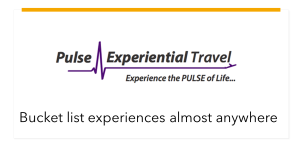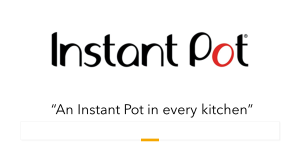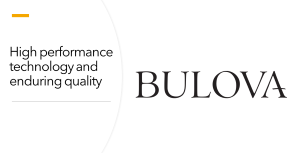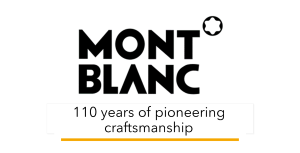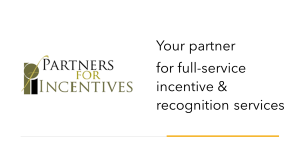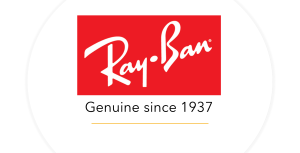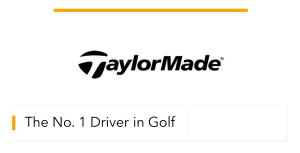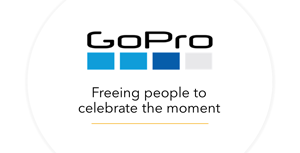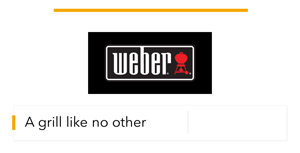The Elusive Goal of ROI Measurement in Incentives, Rewards, Recognition, and Loyalty
By Bruce Bolger
The Industry Is Not the Cause—It’s the Customer
Multiple Sources Exist for Effective Measurement
As one who reads every published survey or research on engagement practices and who talks with businesspeople involved with all aspects of
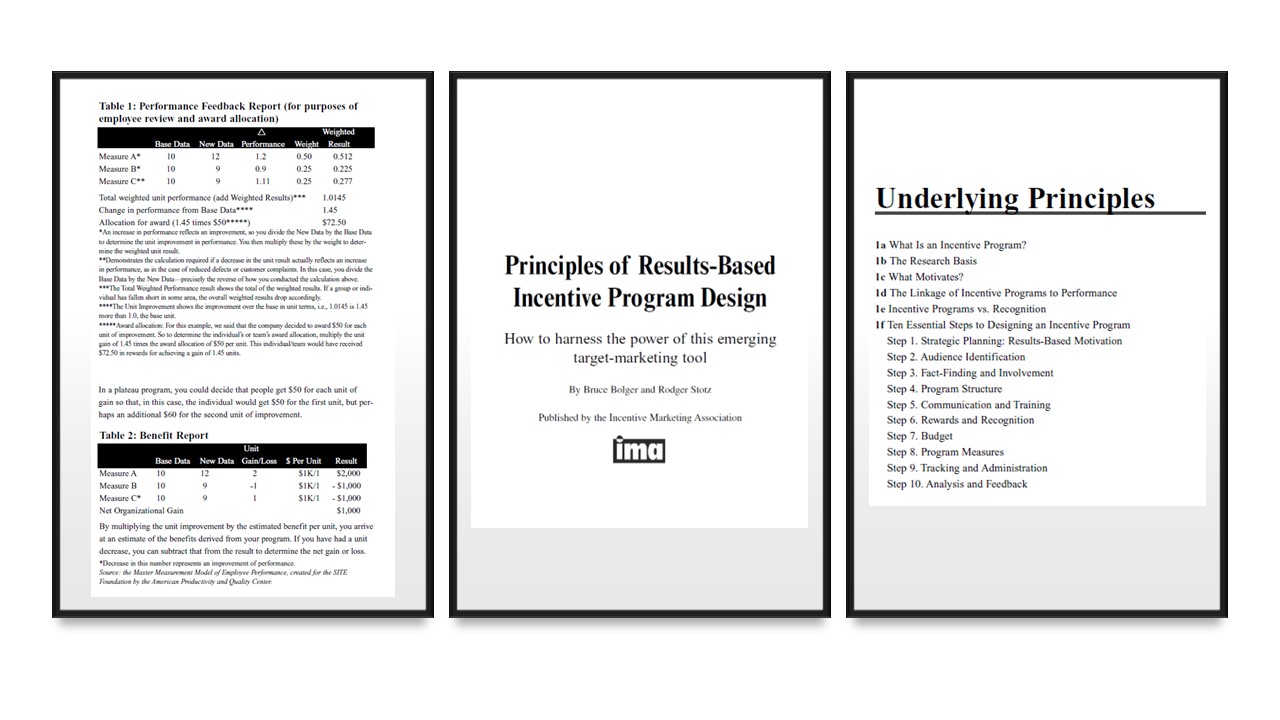 engagement almost every business day, the evidence is compelling that most organizations do not rigorously measure the value created by incentive, recognition, reward, or loyalty practices, etc., at least to the extent other business investments get analyzed. Despite multiple resources to better measure engagement efforts that have existed for decades, most organizations continue to consider most engagement efforts, from meetings, training, and incentive efforts to promotions and customer loyalty as sunk costs—a necessity that is difficult to measure but a risk to eliminate.
engagement almost every business day, the evidence is compelling that most organizations do not rigorously measure the value created by incentive, recognition, reward, or loyalty practices, etc., at least to the extent other business investments get analyzed. Despite multiple resources to better measure engagement efforts that have existed for decades, most organizations continue to consider most engagement efforts, from meetings, training, and incentive efforts to promotions and customer loyalty as sunk costs—a necessity that is difficult to measure but a risk to eliminate.If there are any exceptions, they are most likely in the domain of sales, channel incentive, and loyalty programs, because they usually can be measured in terms of sales increases. But even many of these programs lack essential measurement processes that make sure the program isn’t encouraging unhealthy sales or purchasing practices—such as pushing customers to buy early or otherwise trying to shift their buying patterns to win an incentive, or worse.
The Industry Is Not the Cause—It’s the Customer
The cause for this situation is not for lack of knowledge or investment by industry organizations. The cause is the perennial lack of interest in measuring program outcomes by management, simply because senior management has not insisted on it and middle-management has little reason to open a can of worms if no one is asking tough questions. At best, and of course there are exceptions, management measures levels of engagement, or effectiveness of practices, rather than trying to seriously balance goals achieved, the actions taken to achieve them, and other factors that could affect outcomes or carry long-term consequences, all basic elements of total quality management.
I cannot count the times someone has called me into a meeting with the middle-level managers who plan these programs to discuss return on investment, only to be met with polite nods at best and at worst an immediate desire for me to change the subject.
This is beginning to change. Suddenly our clients showing us requests for proposals (under non-disclosure agreements or hiding the company names) are finding much more desire on the part of potential customers for transparency and the source of value creation, pricing, and program design measurement and expertise, even to the point of asking for the credentials of the team practitioners who will be involved, including links to proof of their industry thought leadership and case studies of their accomplishments.
It took US industry decades to embrace the principles of total quality management in their manufacturing and logistics practices, and that didn’t occur until many companies were forced to by their customers. The younger people are, the more they fail to understand just how long change can take not only in society but in business. The shift to greater emphasis on program design and measurement in human capital in general is being driven increasingly by investors who recognize that enormous waste in organizations due to low customer and employee engagement; by customers who have become increasingly disloyal, and by employees who are as dis-engaged as ever with many ready to flee, etc.
Multiple Sources Exist for Effective Measurement
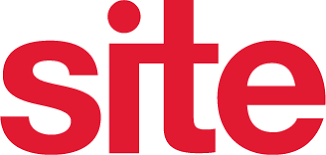 For organizations ready to view their engagement efforts as a source of measurable value creation, multiple sources exist, listed below in the approximate order of their creation.
For organizations ready to view their engagement efforts as a source of measurable value creation, multiple sources exist, listed below in the approximate order of their creation.
The SITE Foundation was created in 1987 producing some of the first research on effective program design practices and remains active today in the incentive travel field supporting efforts to improve program design effectiveness.
In 1992, the ROI Institute was founded by Jack and Patti Phillips to create a systematic approach to measuring almost any type of engagement
.jpg) processes and has brand-name clients. The organization has published over a dozen books on effective measurement practices and works directly with clients to help them learn and implement the processes on their own. It also has a certification program for solution providers seeking to apply its practices for clients.
processes and has brand-name clients. The organization has published over a dozen books on effective measurement practices and works directly with clients to help them learn and implement the processes on their own. It also has a certification program for solution providers seeking to apply its practices for clients. 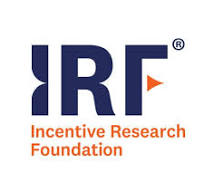 The Incentive Research Foundation was created to further these goals and has produced probably over 100 studies and surveys, including the original Master Measurement Model produced by the American Quality and Productivity Center in 2002, which the IRF no longer houses on its web site. Around that time, it also published the study, Incentives, Rewards, and Workplace Motivation, a meta-analysis of extensive research which demonstrated the effectiveness of programs provided that: “current performance is inadequate; the cause of the inadequate performance is related to deficiencies in motivation; the desired performance type and level can be quantified; the goal is challenging but achievable, and the focus on promoting a particular behavior does not conflict with or override everyday organizational goals.” Today, the IRF says that its research is accessed by nearly 90,000 people a year.
The Incentive Research Foundation was created to further these goals and has produced probably over 100 studies and surveys, including the original Master Measurement Model produced by the American Quality and Productivity Center in 2002, which the IRF no longer houses on its web site. Around that time, it also published the study, Incentives, Rewards, and Workplace Motivation, a meta-analysis of extensive research which demonstrated the effectiveness of programs provided that: “current performance is inadequate; the cause of the inadequate performance is related to deficiencies in motivation; the desired performance type and level can be quantified; the goal is challenging but achievable, and the focus on promoting a particular behavior does not conflict with or override everyday organizational goals.” Today, the IRF says that its research is accessed by nearly 90,000 people a year. The Incentive Marketing Association in the early 2000s contracted with Bruce Bolger and Rodger Stotz, a
.jpg) former Maritz executive, with the assistance of curriculum designer David Chrisman, to create Principles of Results-Based Incentive Program Design, still the industry’s most comprehensive training program consisting of extensive information on effective program design, including a comprehensive measurement process and strategy for reward selection, based in part on the IRF research. It has since been updated for the current qualification IMA test. While about 50 people have earned the CPIM (Certified Professional in Incentive Management) designation from the IMA, there is little evidence that the Master Measurement Model or some of the other research-based processes contained in the original curriculum have ever been widely used in the engagement field, even though these same practices are widely used in total quality management.
former Maritz executive, with the assistance of curriculum designer David Chrisman, to create Principles of Results-Based Incentive Program Design, still the industry’s most comprehensive training program consisting of extensive information on effective program design, including a comprehensive measurement process and strategy for reward selection, based in part on the IRF research. It has since been updated for the current qualification IMA test. While about 50 people have earned the CPIM (Certified Professional in Incentive Management) designation from the IMA, there is little evidence that the Master Measurement Model or some of the other research-based processes contained in the original curriculum have ever been widely used in the engagement field, even though these same practices are widely used in total quality management.For about eight years in the early 2000s, the IRR industry supported the Forum for People Performance Management and Measurement at the Medill School of Journalism and Integrated Marketing Communications, which published numerous studies including the landmark study demonstrating the connection between employee engagement, customer loyalty, and financial results in the media industry based on a correlation of emperical data.
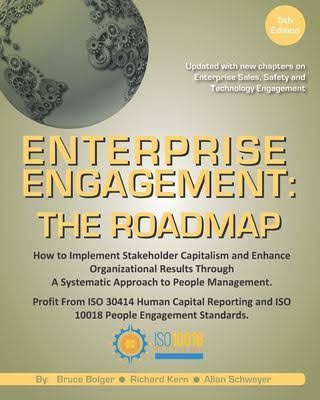 In 2008, the Enterprise Engagement Alliance was founded to put into practice the decades of research demonstrating the link between having all stakeholders focused on a common purpose, goals, objectives and values by creating Enterprise Engagement: The Textbook, and now Enterprise Engagement: The Roadmap (in its fifth edition) and Enterprise Engagement for CEOs (n its second edition), providing a comprehensive, strategic, and systematic approach to fostering the proactive involvement of all stakeholders in the organization’s purpose, goals, values, and objectives.
In 2008, the Enterprise Engagement Alliance was founded to put into practice the decades of research demonstrating the link between having all stakeholders focused on a common purpose, goals, objectives and values by creating Enterprise Engagement: The Textbook, and now Enterprise Engagement: The Roadmap (in its fifth edition) and Enterprise Engagement for CEOs (n its second edition), providing a comprehensive, strategic, and systematic approach to fostering the proactive involvement of all stakeholders in the organization’s purpose, goals, values, and objectives.This year, the Enterprise Engagement Alliance founded a research division comprised of experts in engagement
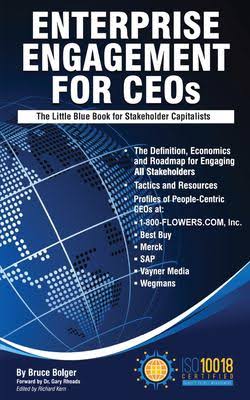 measurement to conduct research for organization on program design effectiveness and outcomes and to estimate the true cost of disengagement of employees, customers, or other stakeholders.
measurement to conduct research for organization on program design effectiveness and outcomes and to estimate the true cost of disengagement of employees, customers, or other stakeholders.I am regularly asked how many organizations follow these practices, widely used in manufacturing, in their people management, and the estimate is less than 20% of companies—of whom none that I know of have a name for their strategy as it is simply baked into their way of doing business.
Editors note: The author was a founding board member of the SITE Foundation and served as President for three years before serving on the Incentive Research Foundation as a trustee until the end of his term. He later co-founded the Forum for People Performance Management and Measurement and the Enterprise Engagement Alliance.
For More Information
Bruce Bolger, Founder
Enterprise Engagement Alliance
914-591-7600, ext. 230
Bolger@TheEEA.org
Profit From the “S” of Environmental, Social, Governance (ESG)
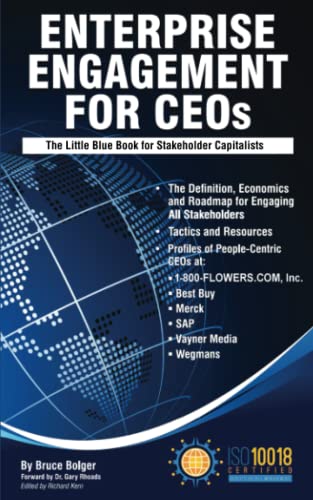
Through education, media, business development, advisory services, and outreach, the Enterprise Engagement Alliance supports boards, business analysts, the C-suite, management in finance, marketing, sales, human resources and operations, etc., educators, students and engagement solution providers seeking a competitive advantage by implementing a strategic and systematic approach to stakeholder engagement across the enterprise. Click here for details on all EEA and RRN media services.
1. Professional Education on Stakeholder Management and Total Rewards
- Become part of the EEA as an individual, corporation, or solution provider to gain access to valuable learning, thought leadership, and marketing resources.
- The only education and certification program focusing on Stakeholder Engagement and Human Capital metrics and reporting, featuring seven members-only training videos that provide preparation for certification in Enterprise Engagement.
-
EEA books: Paid EEA participants receive Enterprise Engagement for CEOs: The Little Blue Book for People-
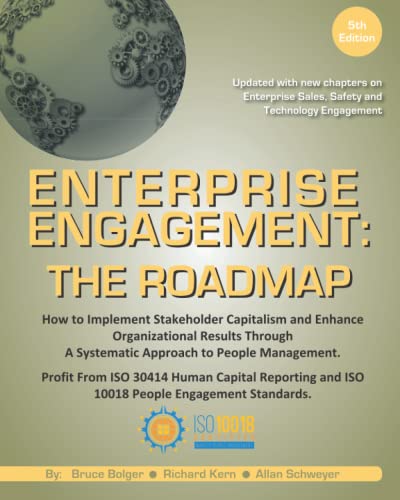 Centric Capitalists, a quick implementation guide for CEOs; Enterprise Engagement: The Roadmap 5th Edition implementation guide; a comprehensive textbook for practitioners, academics, and students, plus four books on theory and implementation from leaders in Stakeholder Management, Finance, Human Capital Management, and Culture.
Centric Capitalists, a quick implementation guide for CEOs; Enterprise Engagement: The Roadmap 5th Edition implementation guide; a comprehensive textbook for practitioners, academics, and students, plus four books on theory and implementation from leaders in Stakeholder Management, Finance, Human Capital Management, and Culture.
- ESM at EnterpriseEngagement.org, EEXAdvisors.com marketplace, ESM e–newsletters, and library.
- RRN at RewardsRecognitionNetwork.com; BrandMediaCoalition.com marketplace, RRN e-newsletters, and library.
- EEA YouTube Channel with over three dozen how-to and insight videos and growing with nearly 100 expert guests.
Strategic Business Development for Stakeholder Management and Total Rewards solution providers, including Integrated blog, social media, and e-newsletter campaigns managed by content marketing experts.
4. Advisory Services for Organizations
Stakeholder Management Business Plans; Human Capital Management, Metrics, and Reporting for organizations, including ISO human capital certifications, and services for solution providers.
5. Outreach in the US and Around the World on Stakeholder Management and Total Rewards
The EEA promotes a strategic approach to people management and total rewards through its e-newsletters, web sites, and social media reaching 20,000 professionals a month and through other activities, such as:
- Association of National Advertisers Brand Engagement 360 Knowledge Center to educate brands and agencies.
- The EEA Engagement widget to promote, track, and measure customers/employee referrals and suggestions that can be connected to any rewards or front-end program management technology.
- The Stakeholder Capitalism free insignia to promote a commitment to better business.
- The BMC Brand Club and transactional storefronts to educate corporate and agency buyers on the IRR market.
- The EME Gold program to educate the top 3% of promotional consultants on selling engagement and rewards services






